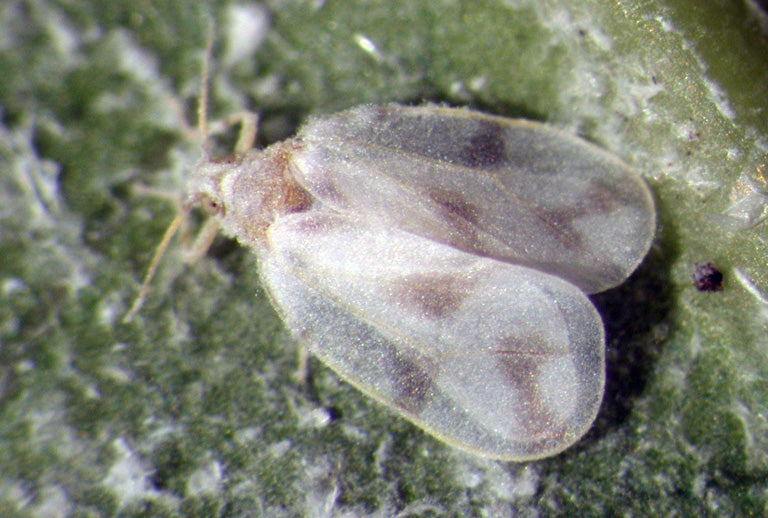Symptoms of Damage
Nymphs and adult whiteflies feed by sucking sap from the undersides of leaflets.Their extensive feeding results in the secretion of honeydew, which accumulates on the upper surface of leaves.Honeydew, being sweet and watery, attracts ants and promotes the growth of Capnodium sp. fungus. This fungus can deform the host plant, reducing its ability to photosynthesize efficiently.

1.Black sooty mould
2.Colony of Whiteflies
Identification of the Pest
Nymph: The nymphs are light to golden yellow in color, and will produce a dense, cottony was as well as long, thin waxy filaments which get denser over time.
Adult: Adults are distinguished by their large size and the presence of a pair of irregular light brown bands across the wings. Males have long pincer-like structure at the end of their abdomen.
Management:
Physical Method:
Use of yellow sticky traps to trap the adult whiteflies.
Biological Method:
Encourage buildup of parasitoids (Encarsia sp.) and re-introduce parasitized pupae to emerging zones of whitefly outbreak.
In case of severe infestation, spray neem oil 0.5%.
Chemical Method:
Spraying starch solution (1%) to dislodge the heavy sooty mould deposition on the leaves of infested plants.
No insecticides should be applied to manage the pest.
